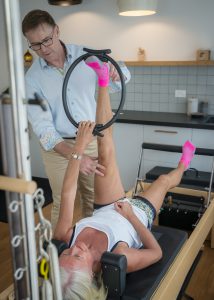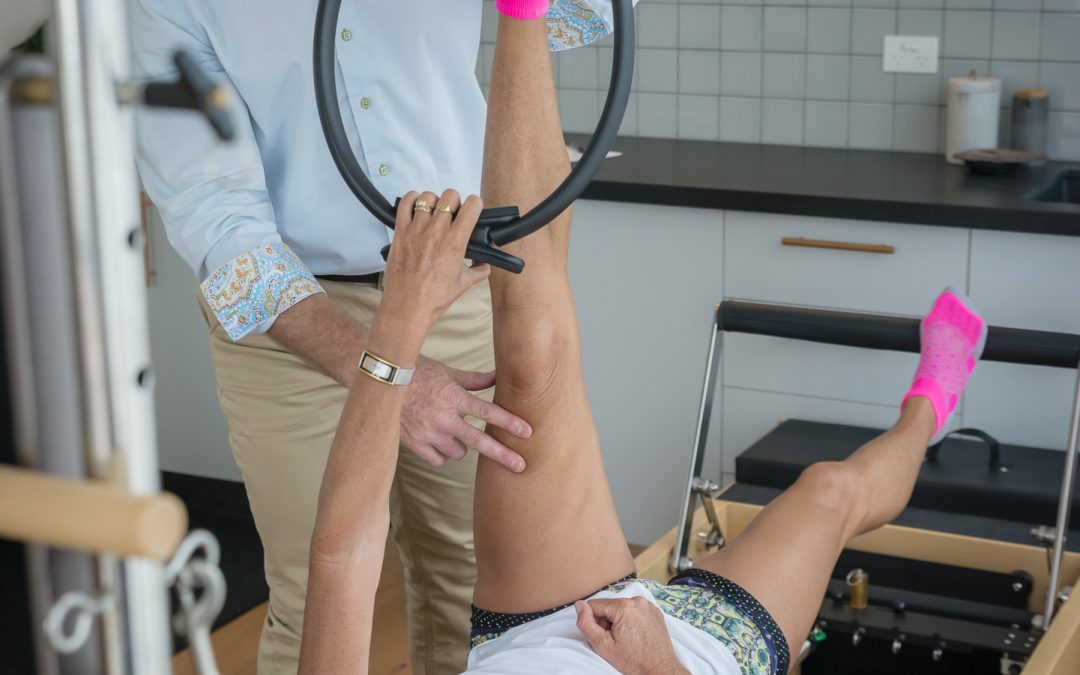
Hamstring strains happen when any of your hamstring muscles or tendons are stretched beyond what they can withstand. They may also be torn when substantial stretching of the muscle occurs. Hamstring strains are fairly common in sports activities requiring the athlete to forcefully run or jump. Exercising improperly, such as increasing the duration or intensity of your workout too much or too soon, may also lead to hamstring strains.
The hamstring group of muscles, located on the back of the upper leg, are a group of three separate muscles: Biceps Femoris, Semimembranosus and Semitendinosus. The top of these muscles are attached to the lower part of the pelvis and the bottom of the hamstring muscles are attached to the tibia and fibula (shin bones) just below the knee joint. The action of the hamstring muscles is to flex (bend) the knee and extend (straighten) the hip.
You can help prevent a hamstring strain as follows:
- Completing a thorough body warm up plus stretch and cool down after exercise.
- Include speed work in training so the muscles are capable of high acceleration forces.
- Maintain good levels of fitness and muscular endurance to prevent fatigue.
- Include stretching and strengthening exercises in weekly training programs.
- Undertaking training prior to competition to ensure readiness to play.
- Gradually increasing the intensity and duration of training.
- Allowing adequate recovery time between workouts or training sessions.
- Wearing the right protective equipment including footwear.
Timeframes for rehabilitation and return to sport vary depending on the nature and severity of the strain. With appropriate management, patients with minor hamstring strains can usually recover in one to three weeks. With larger tears, recovery may take four to six weeks or longer depending on the severity. As with any injury, the sooner you seek professional help, the sooner you can recover and be back to doing what you love. ☞MAKE A BOOKING


Recent Comments